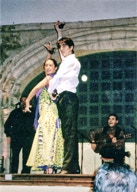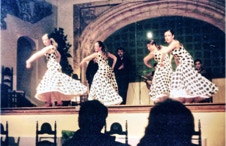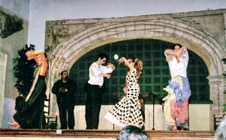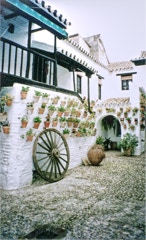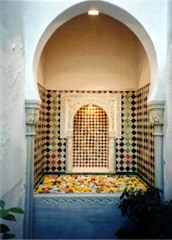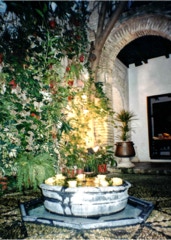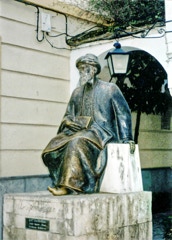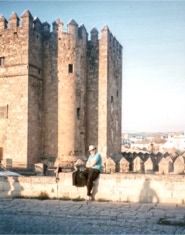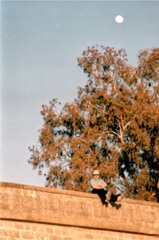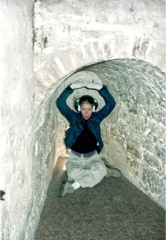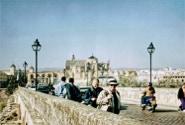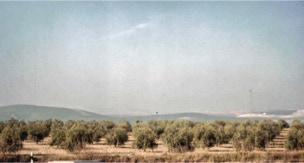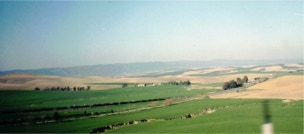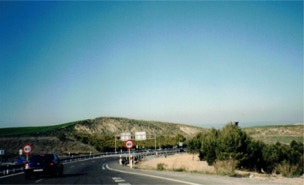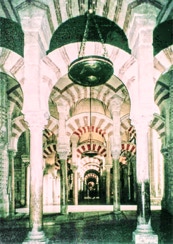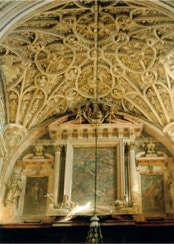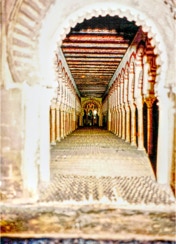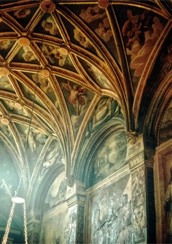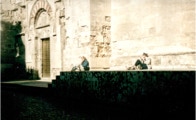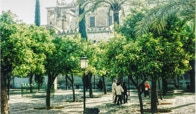Mezquita
Mosque–Cathedral of Córdoba
The Cathedral of Our Lady of the Assumption of the Roman Catholic Diocese of Córdoba, due to its status as a former Islamic mosque, it is also known as the Mezquita (the Great Mosque of Córdoba).
Tradition says a Visigothic church originally stood on the site of the current Mosque-Cathedral.
The Great Mosque was constructed about 785 CE, when Córdoba was the capital of the Muslim-controlled region of Al-Andalus. It was expanded multiple times
The mosque was converted to a cathedral in 1236 when Córdoba was captured by the Christian forces of Castile during the Reconquista. The structure itself underwent only minor modifications until in the 16th century The minaret, which had been converted to a bell tower, was also significantly remodelled around this time.
Starting in the 19th century, modern restorations have in turn led to the recovery and study of some of the building's Islamic-era elements. Today, the building continues to serve as the city's cathedral and Mass is celebrated therein daily.
The mosque structure is regarded as an important monument in the history of Islamic architecture and is considered by many scholars to have been highly influential on the subsequent "Moorish" architecture of the western Mediterranean regions of the Muslim world. It is also one of Spain's major historic monuments and tourist attractions as well as a UNESCO World Heritage Site.
